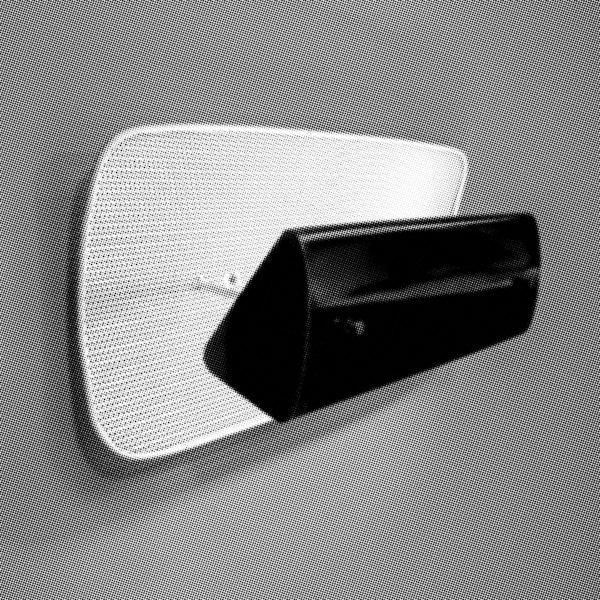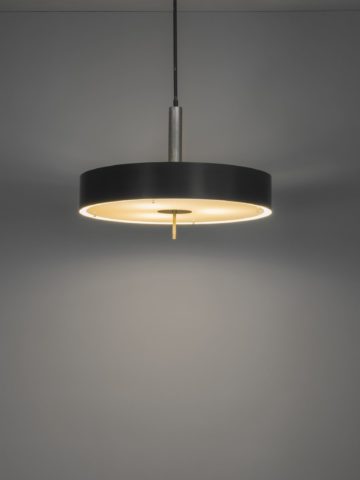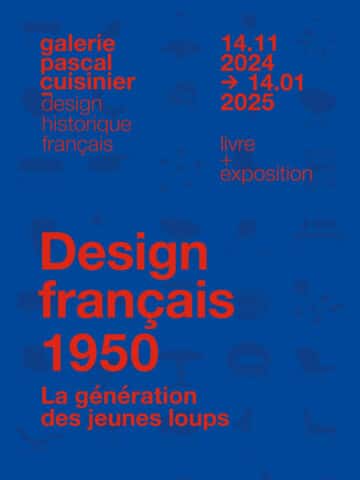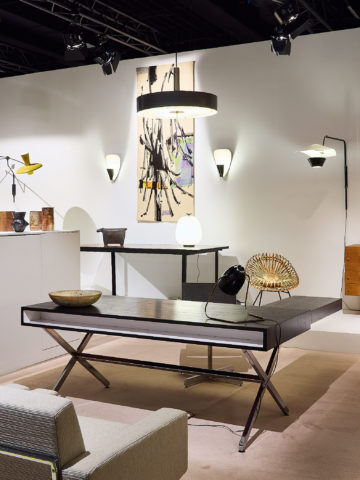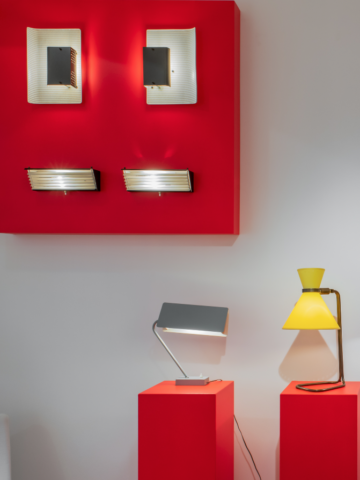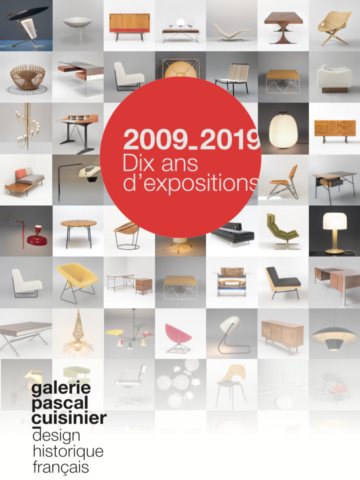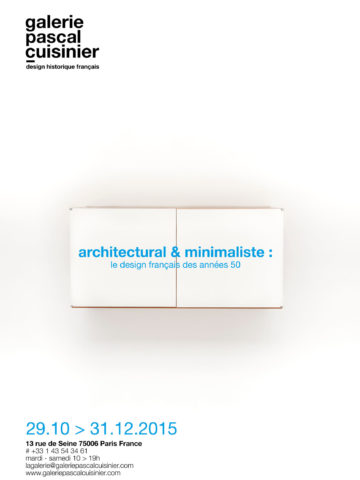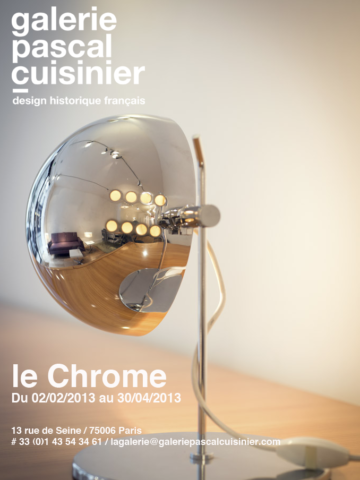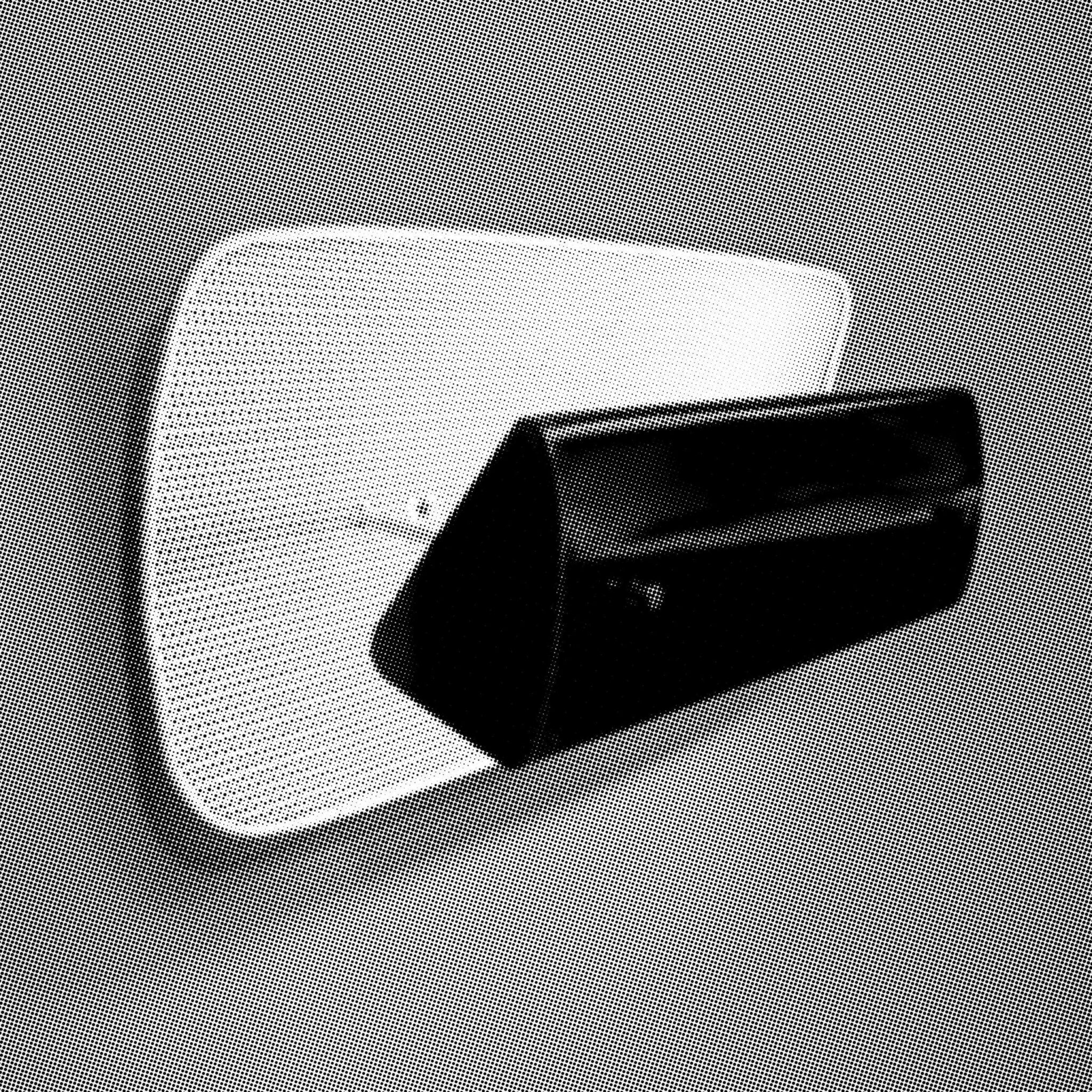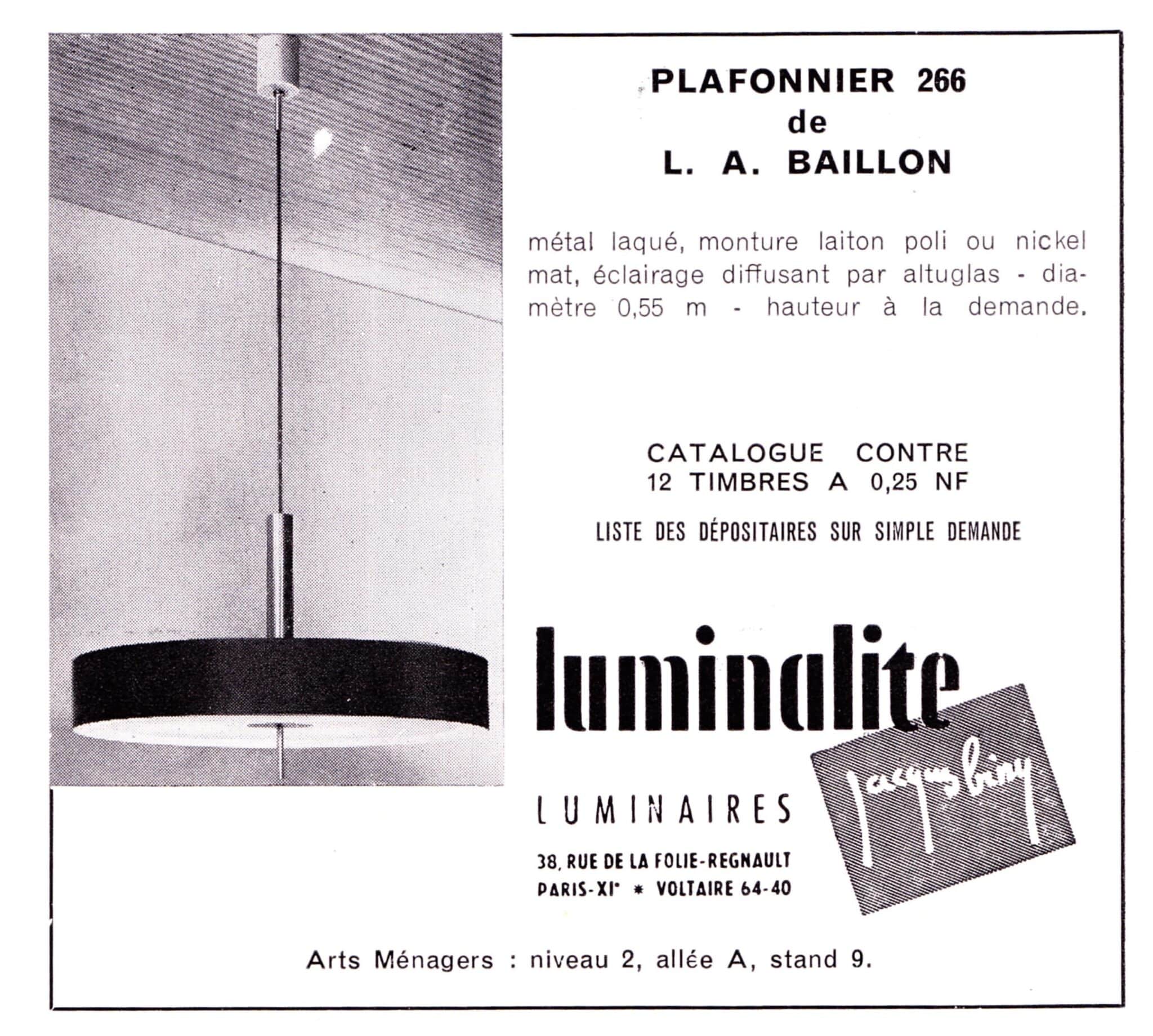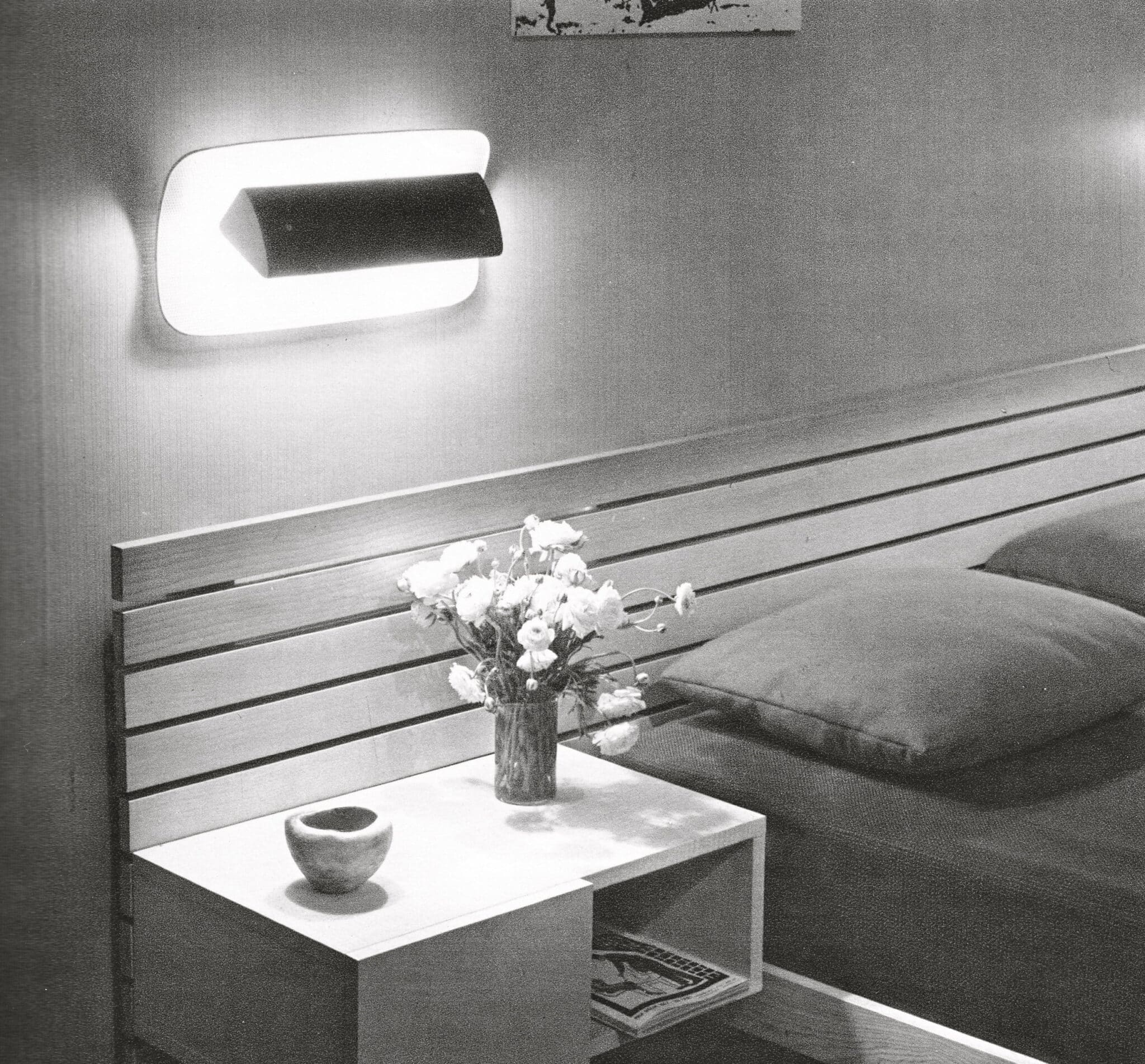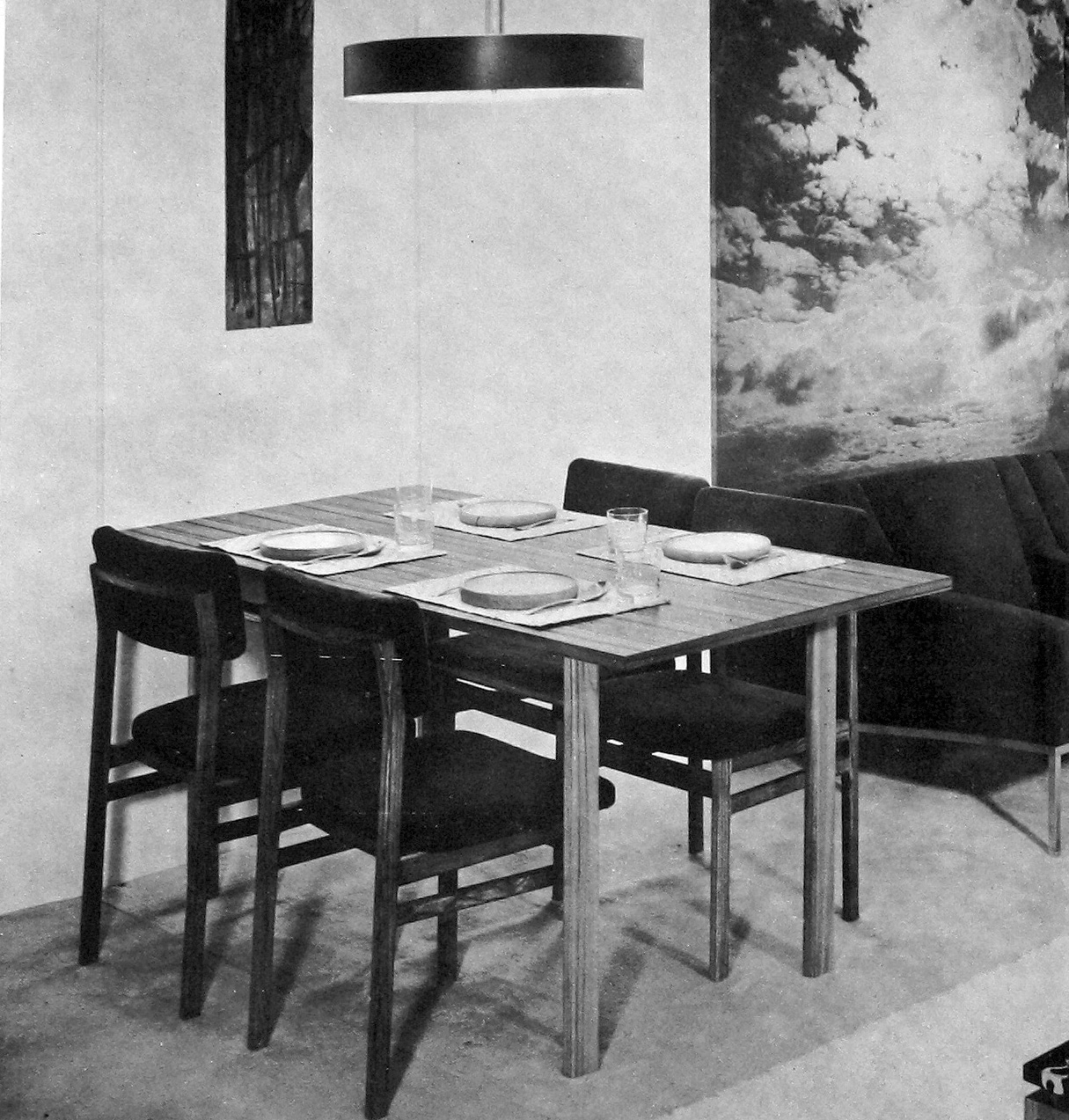Louis Baillon
Very few information are available on the beginnings of Louis Baillon. He appears on the scene in 1952, by collaborating with Charles Ramos as an interior designer for complete programs of house fitting and common participations to the Salon des Arts Ménagers and Salon des Artistes Décorateurs. From a common opinion, the two designers decide to split up. Baillon designs his first light systems for Robert Caillat with in particular, a floor lamp and will on the occasion have the opportunity to meet Jean Boris Lacroix he will see again years later at Luminalite for whom he creates numerous lights. Since the mid-fifties, he edits his models of furniture and seats for different industrials such as Usines Réunies, and DSM with whom, he will display during the exhibition by ACMS at Salon des Arts Ménagers.
In the sixties, he collaborates with Planform and develops a complete range of combinable furniture with models of low tables, sofas, lighting low tables and window boxes. Since the first years of Luminalite, this creator designs flagship models for Jacques Biny, including the astonishing sconce 214 with perforated metal that mixes up indirect and reflected lights. Later his interest particularly goes on the advantages of Perspex such as his fellow Jean Boris Lacroix with in particular the suspension 266 and the bedside sconce 236. However it is thanks to the design of the sconce 267, entirely made of different Perspex elements supported by golden bronze screws, that he demonstrates the possibilities of this material. Except its translucent aspect permitting to diffuse the light, its rigidity and density permit to use it as a constructible element that will define its final form.
